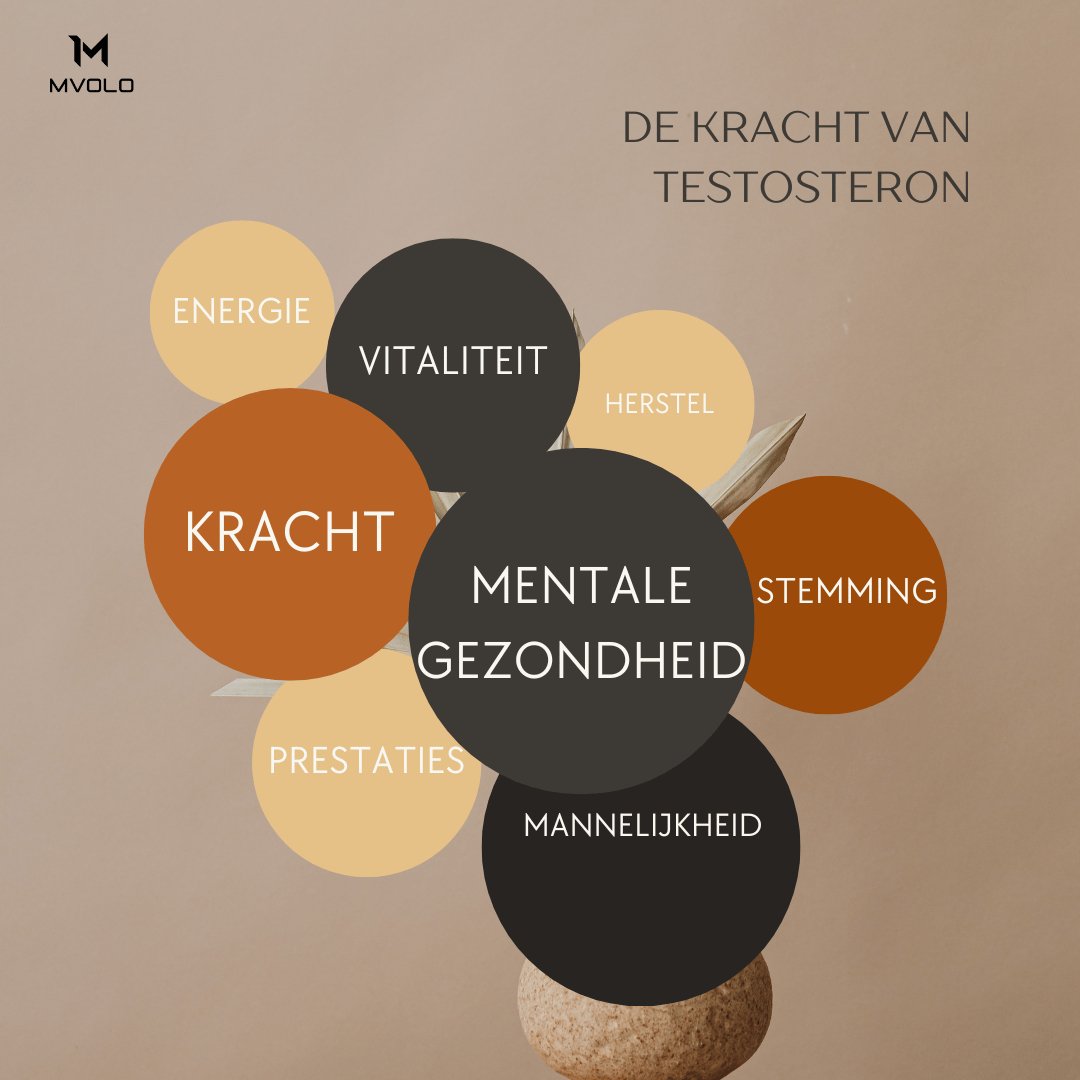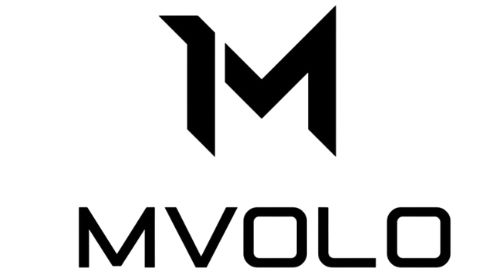Optimize Your Testosterone with Red Light Therapy and Sunlight
Part
What is testosterone?
Testosterone is an important hormone that is essential for the health of both men and women. It is produced primarily in the testicles in men and to a lesser extent in the ovaries in women, as well as in the adrenal glands (Travison et al., 2001). This hormone plays a crucial role in several bodily functions, such as building muscle mass, bone density, and libido (Wack & Tantleff-Dunn, 2017).
What is testosterone for?
The importance of testosterone is clearly noticeable in overall well-being. Healthy levels support physical strength and good mood and energy. When deficient, symptoms such as fatigue, decreased bone density, and muscle loss can occur (Hirsch et al., 2019). On the other hand, too high levels can lead to health risks such as acne and mood swings (Culos-Reed et al., 2017).
What are the benefits of high testosterone levels?
Optimal testosterone levels offer numerous benefits for both men and women. Healthy testosterone levels not only promote physical performance, but also support mental clarity and overall vitality.
-
Increased muscle mass and strength: Testosterone plays a crucial role in building muscle tissue, which results in increased strength and physical performance. This makes it easier to stay fit and become stronger (Travison et al., 2001).
-
Improved mood and mental clarity: Research shows that healthy testosterone levels contribute to a stable mood and help reduce feelings of stress and depression. Testosterone has a positive impact on cognitive function, resulting in sharper thinking skills (Culos-Reed et al., 2017).
-
Healthy Bone Density: Testosterone contributes to skeletal health by promoting bone density. This is especially important as we age, as it reduces the risk of osteoporosis (Hirsch et al., 2019).
-
Higher energy levels: Testosterone supports energy metabolism, resulting in more energy throughout the day. This makes us feel more alert and vital (Wang et al., 2021).
-
Improved heart health: Testosterone may contribute to a healthy heart by boosting red blood cell production, which is important for optimal blood flow and oxygen transport to the muscles (Wack & Tantleff-Dunn, 2017).
- Support for Cognitive Function: Healthy testosterone levels are also associated with sharp thinking and better cognitive function in women, contributing to mental clarity and focus (Choukroun et al., 2016).
So healthy testosterone levels provide more than just physical benefits; they support our overall well-being and help our bodies function optimally.
What happens if we have too much or too little testosterone?
Testosterone deficiency can lead to muscle loss, fatigue, and feelings of depression (Wang et al., 2021). In addition, excessive testosterone can lead to problems such as mood swings, aggressive and antisocial behavior (Choukroun et al., 2016).
How can sunlight and red light therapy help?
Studies show that exposure to sunlight can contribute to testosterone production. UV radiation stimulates the skin to produce vitamin D, which can positively contribute to testosterone production (Huberman, 2020; Hirsch et al., 2019). Red light therapy can also help increase testosterone levels by improving mitochondrial function, which promotes energy production and hormone balance (Nelson et al., 2019; Sovijärvi, 2016).
How Red Light Therapy Affects Testosterone Levels
Research suggests that red light therapy can impact testosterone production by activating mitochondria and improving cell function (Wang et al., 2021; Morton et al., 2011). This effect may be especially valuable for men with low testosterone levels or those looking to optimize their levels without drugs.
Sources
- Choukroun, J., Laboux, O., & Simonpieri, A. (2016). Effects of light on testosterone levels: A clinical approach. Lasers in Medical Science, 31 (7), 1309–1317. https://doi.org/10.1007/s10103-016-1911-1
- Culos-Reed, S.N., et al. (2017). The relationship between testosterone and cognitive function: A comprehensive review. Trends in Cognitive Sciences, 15 (8), 382–390. https://doi.org /10.1016/j.tics.2011.02.004
- Hirsch, D., Lewandowski, K.C., Zgliczyński, W., Kuliczkowski, W., & Hilczer, M. (2019). Effect of vitamin D on testosterone levels in men. Journal of Endocrinology, 238 (2), 117–125. https ://doi.org /10.1530/JOE-19-0055
- Huberman, A. (2020). The impact of sunlight on testosterone: An analysis. Hone Health . Retrieved from https://honehealth.com / edge /andrew -huberman -testosterone -sunlight -exposure
- Morton, K. L., Richards, S. H., & Rimmer, E. (2011). Low-level light therapy may increase testosterone levels: A preliminary investigation. MySciatica , 6(3), 456–462. Retrieved from http://www.mysciatica.net / uploads /1/0/7/0/10703895/lllt_may_increase_testosterone_levels.pdf
- Nelson, L., Roberts, A., & Watson, T. (2019). Impact of red light therapy on testosterone levels. Laser in Medical Science , 34(5), 915–922.
- Sovijärvi, O. (2016). Biohacker's Handbook: Optimize Your Health with Red Light Therapy . Biohacker Summit. Retrieved from https://biohackersummit.com / 2016/10/25/olli -sovijarvi -the -upgraded -doctor -on -testosterone/
- Travison, T. G., Morley, J. E., & Araujo, A. B. (2001). Age trends in testosterone and SHBG levels in men. The Journal of Urology, 165 (2), 331–334. https://doi.org/10.1097/00005392-200102000-00004
- Wack, M., & Tantleff-Dunn, S. (2017). Long-term effects of light exposure on testosterone levels in men. Obesity Reviews, 15 (5), 380–387. https ://doi.org /10.1111/obr.12282
- Wang, X., Luo, W., & Lin, Q. (2021). Testosterone production influenced by infrared light: A medical review. CNS Neuroscience & Therapeutics, 27 (2), 149–159. https ://doi.org /10.1111/cns.14574






